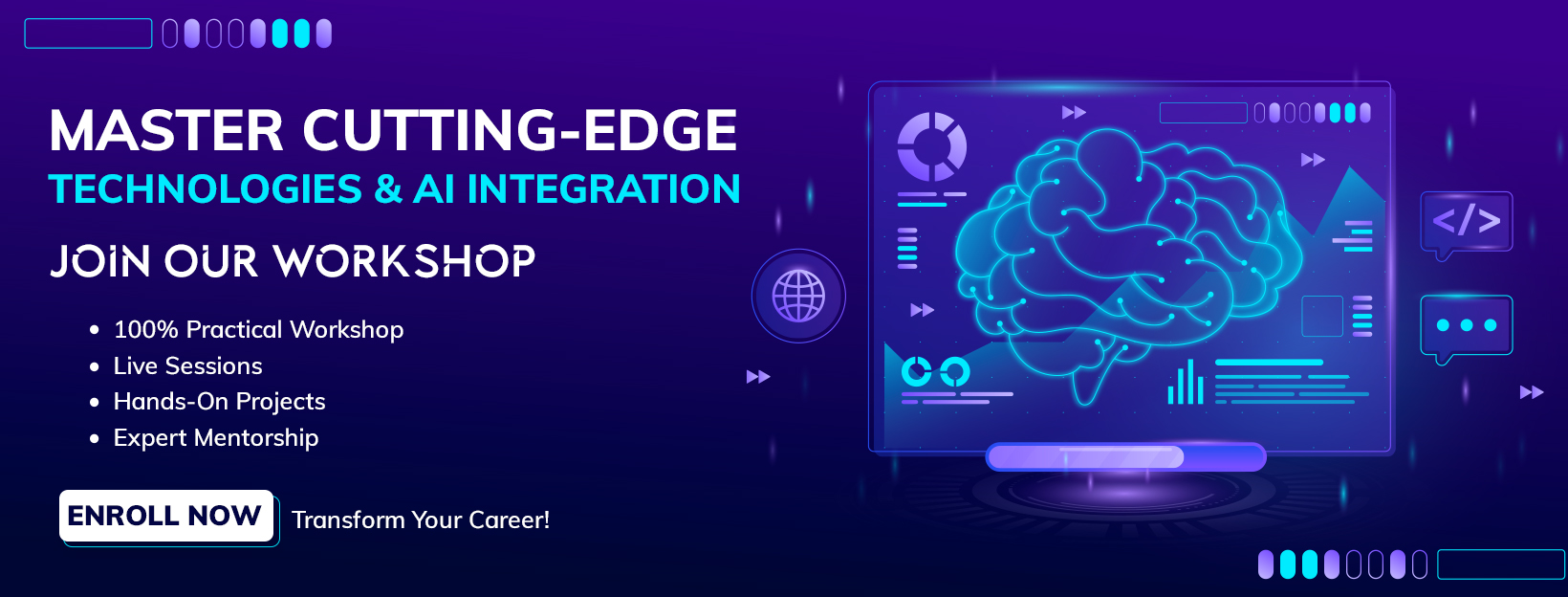Future-Proof Your Career What IT Companies Are Hunting for Today
AI + IOT + Full Stack Engineers
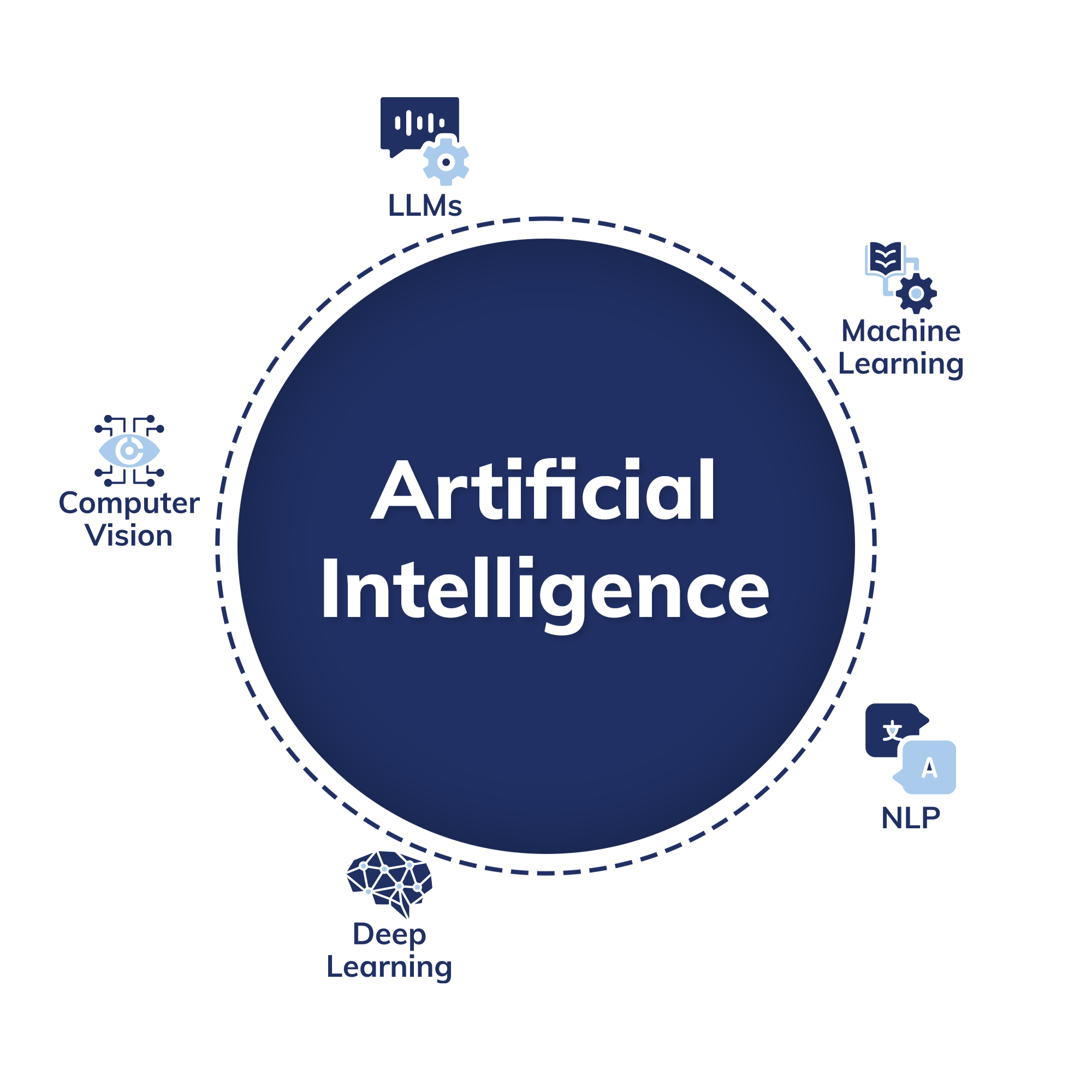
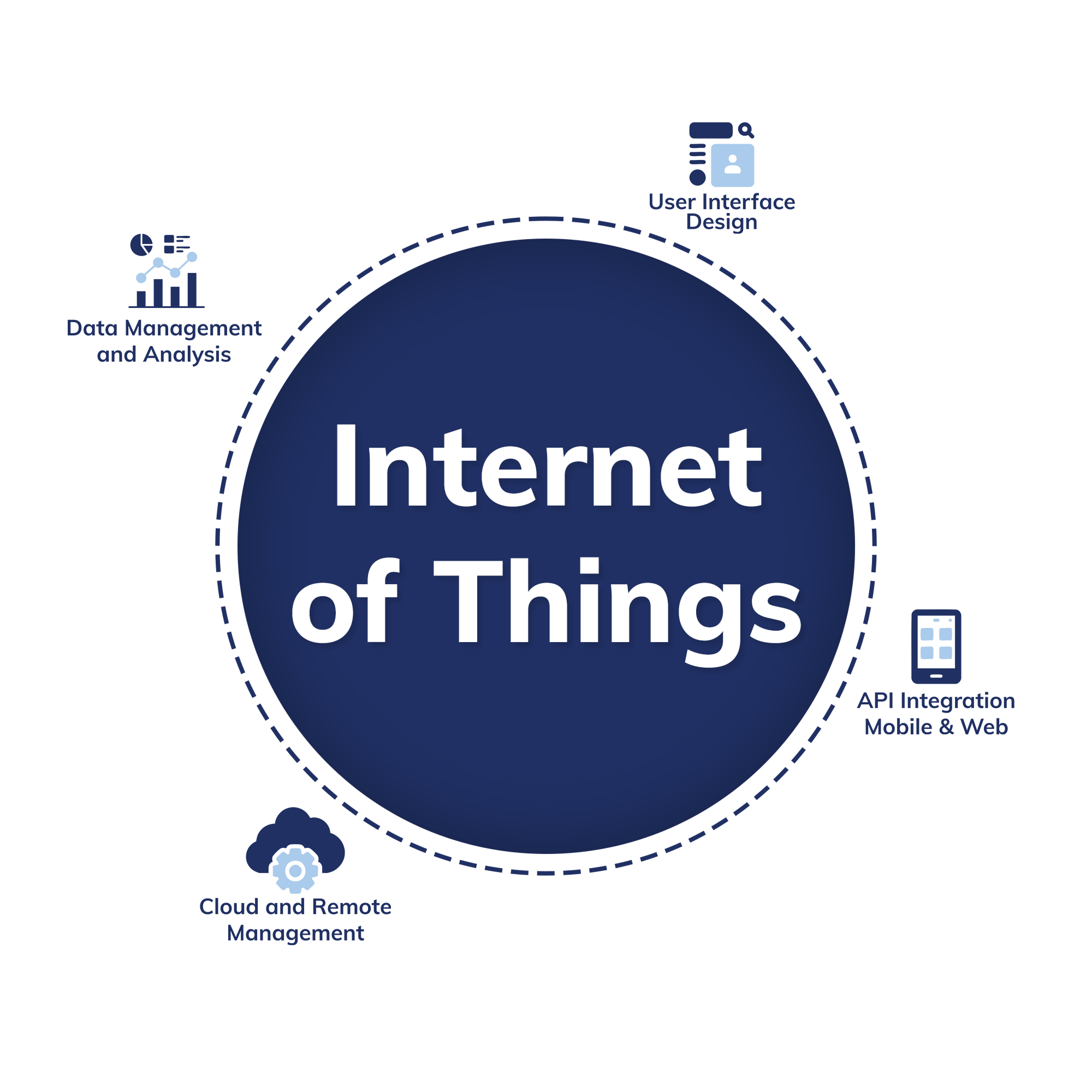
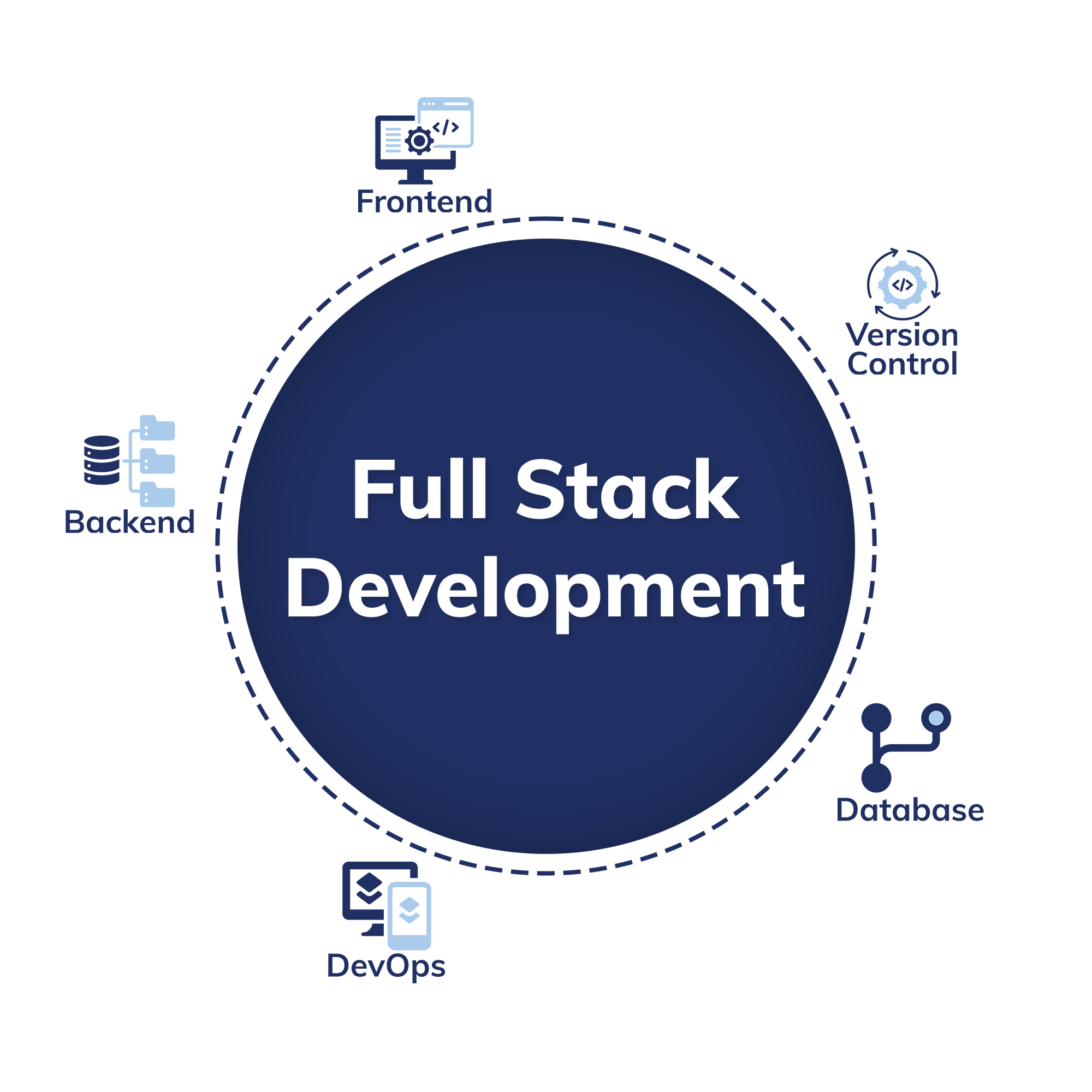
Our Candidates are Placed at
Our Candidates have secured positions at leading companies worldwide.
































Our candidates are Placed at
Our Candidates have secured positions at leading companies worldwide.
About the course
Projects
Admission Process
Alumni Reviews
FAQs
Kickstart Your Development Journey!
Frontend
Backend
Database
AI and IoT
Frontend Development
- What is Web?
- Markup with HTML & JSX
- Flexbox, Grid & Responsiveness
- Bootstrap Layouts & Components
- Frontend UI Framework
- Core JavaScript & Object Orientation
- Async JS - promises, async/await
- DOM & Events
- Event Bubbling & Delegation
- Ajax, Axios & fetch API
- Functional React Components
- Props & State Management
- Dynamic Component Styling
- Functions as Props
- Hooks in React : useState, useEffect
- Material UI
- Custom Hooks
- Supplement: Redux & Redux Toolkit
- Version Control: Git & Github
- What is Web?
- Markup with HTML & Angular Templates
- Flexbox, Grid & Responsiveness
- Angular Material Layouts & Components
- Core JavaScript & TypeScript
- Asynchronous Programming - Promises, Observables, and RxJS
- DOM Manipulation & Events
- Event Binding & Event Bubbling
- HTTP Client, Ajax, Axios & Fetch API
- Angular Components
- Input & Output Property Binding
- Dynamic Component Styling
- Services & Dependency Injection
- Angular Directives (Structural & Attribute)
- Routing & Navigation
- Reactive Forms & Template-driven Forms
- State Management with NgRx
- Custom Pipes & Directives
- Version Control: Git & GitHub
Backend
- Networking and HTTP.
- REST API overview.
- Node.js and NPM setup.
- Creating basic HTTP servers.
- JavaScript for Backend
- Node.js modules and file handling.
- Process management in Node.js.
- Asynchronous programming: callbacks, Promises, async/await.
- Building APIs with Express.js
- Express server setup and routing.
- Handling HTTP requests and responses.
- JSON parsing and form handling.
- Templating engines (EJS, Handlebars).
- CRUD API creation and RESTful services.
- Middleware setup and error handling.
- Database Integration
- SQL and NoSQL database basics.
- CRUD operations with SQL and NoSQL.
- Database connection setup (e.g., MongoDB, PostgreSQL).
- Querying and data handling.
- Authentication & Authorization
- User authentication basics.
- JSON Web Tokens (JWT) for security.
- Role-based access control.
- Advanced API Concepts
- Pagination, filtering, and sorting.
- Caching techniques for faster response.
- Rate limiting and security practices
DataBase
- Introduction to NoSQL and MongoDB
- Understanding Collections and Documents
- Basic CRUD Operations in MongoDB
- MongoDB Query Language (MQL) Basics
- Inserting, Finding, Updating, and Deleting Documents
- Using Filters and Projections in Queries
- Understanding Data Types in MongoDB
- Indexing Basics in MongoDB
- Setting Up a Simple MongoDB Database (e.g., MongoDB Atlas)
- Connecting to MongoDB from a Simple Application
- Basic Data Entry and Querying with MongoDB Compass
- Data Modeling in MongoDB: Embedding vs. Referencing
- Overview of Aggregation Framework in MongoDB
- Introduction to SQL (Structured Query Language)
- Basic CRUD Operations: Create, Read, Update, Delete
- Understanding Tables, Rows, and Columns
- Primary Keys and Unique Constraints
- Simple SQL Queries:
- SELECT, WHERE, and ORDER BY
- Filtering Data with Conditions
- Using Aggregate Functions: COUNT, SUM, AVG
- Grouping Data with GROUP BY
- Basic Joins: Combining Tables (INNER JOIN)
- Data Types in SQL (e.g., INT, VARCHAR, DATE)
- Setting Up a Simple SQL Database (e.g., SQLite or MySQL)
- Connecting to a SQL Database from a Simple Application
- Basic Data Entry and Querying with a GUI Tool
- Data Validation Basics
- Overview of Transactions and ACID Properties
AI and IOT
- Introduction to AI Concepts
- Getting Started with Node.js for AI
- Machine Learning Basics with TensorFlow.js
- Introduction to Natural Language Processing
- Practical AI Project Ideas
- Introduction to IoT Fundamentals
- Building IoT Solutions with Node.js
- IoT Communication Protocols
- Building IoT Applications and Dashboards
- IoT Security Basics
You're Ready to Become an IT Professional
Master the Skills and Launch Your Career:
Upon mastering Frontend, Backend, Database, AI, and IoT, you’ll be fully equipped to launch your IT career confidently.
Kickstart Your Development Journey!
Frontend
React: Build Dynamic, Modern Web Experiences:
Angular: Master a Full-Featured Framework:
Backend
Node.js: Power Your Back-End with JavaScript:
DataBase
MongoDB:
SQL:
AI and IOT
Build Industry Grade Projects
Skills and Tools you will learn
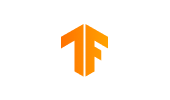

TechEntry Highlights

In-Office Experience
Engage in a collaborative in-office environment(on site) for hands-on learning and networking.

Learn from Software Engineers
Gain insights from experienced engineers actively working in the industry today.

Career Guidance
Receive tailored advice on career paths and job opportunities in tech.
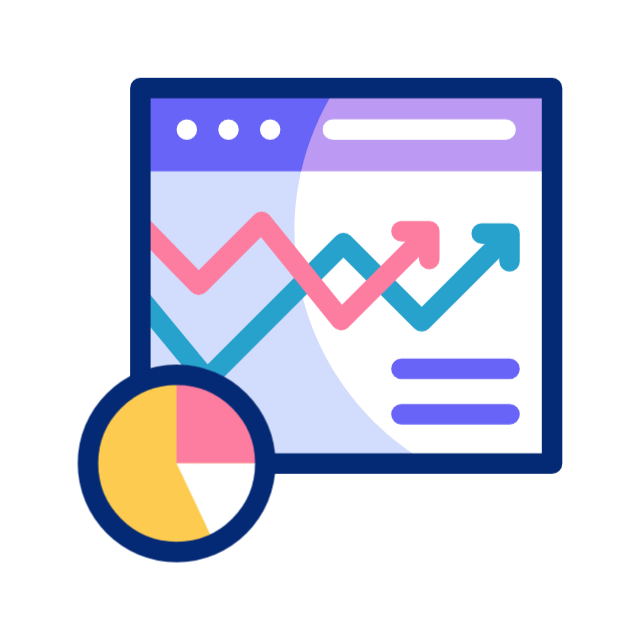
Industry Trends
Explore the latest software development trends to stay ahead in your field.

1-on-1 Mentorship
Access personalized mentorship for project feedback and ongoing professional development .

Hands-On Projects
Work on real-world projects to apply your skills and build your portfolio.

Duration
24 weeks

Timings
Monday to Friday
9:00 AM - 6:30 PM

Eligibility
BSC, BCA, MCA MTech,
BTech 21 - 29 years
Our Admission Process


Counselling
Talk to our experts and find your perfect course!


Aptitude
Take a screening test to see if you're ready for TechEntry!


Workshop
Experience of Five-Day Workshop


Onboarding
Get set up for success with our hassle-free onboarding crew
Empower Your Growth
✔ Scholarship upto 65% off and affordable EMI available
✔ Al powered skill boost / Al interacted course
✔ Promising career support
✔ Hands on real world projects
✔ Mentorship from Seasoned Developers
Students have Cracked their Dream Careers In
Maahi


Suzaine Muskaan


Rakeshkumar GL
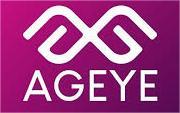

Sujith S


Ashutosh
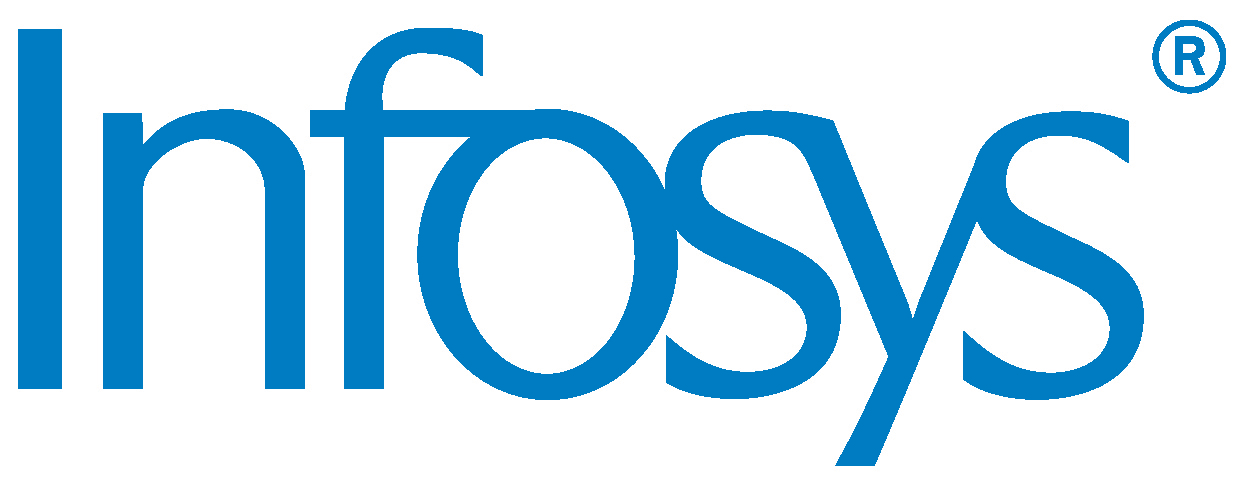

Reniee


Ketaki

Maahi


Suzaine Muskaan


Rakeshkumar GL


Sujith S


Ashutosh


Reniee


Ketaki


Farha Khanum


Sheetal Mohanty


Deepak


Aneesh Bakshi


Saikishore


Sanket Gourai


Farha Khanum


Sheetal Mohanty


Deepak


Aneesh Bakshi


Saikishore


Sanket Gourai

Innovative Learning Pathways & Expertise
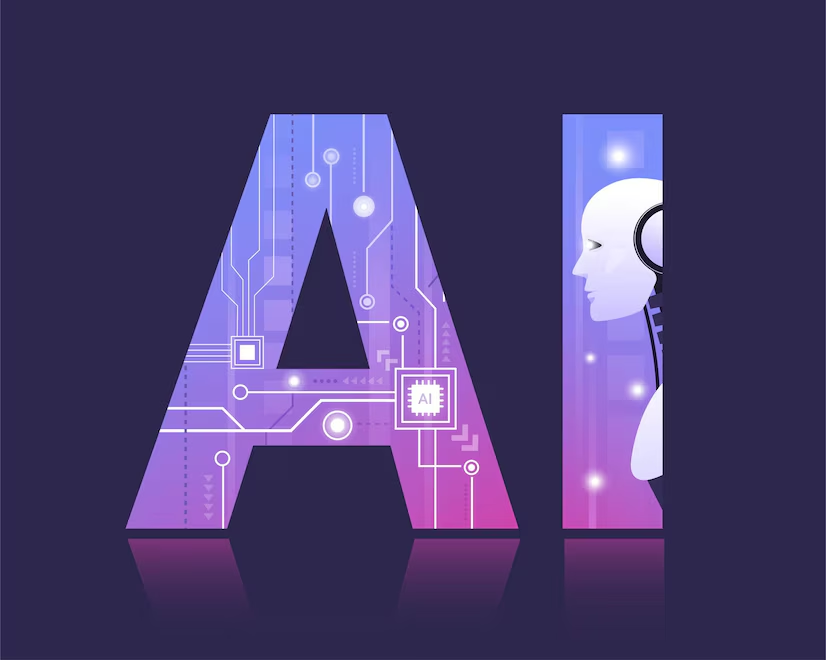
Generative AI Integrated
Our Generative AI Integrated Courses are designed to equip you with cutting-edge skills in artificial intelligence and machine learning. Dive deep into the world of generative models, learning from industry experts through hands-on projects and real-world applications
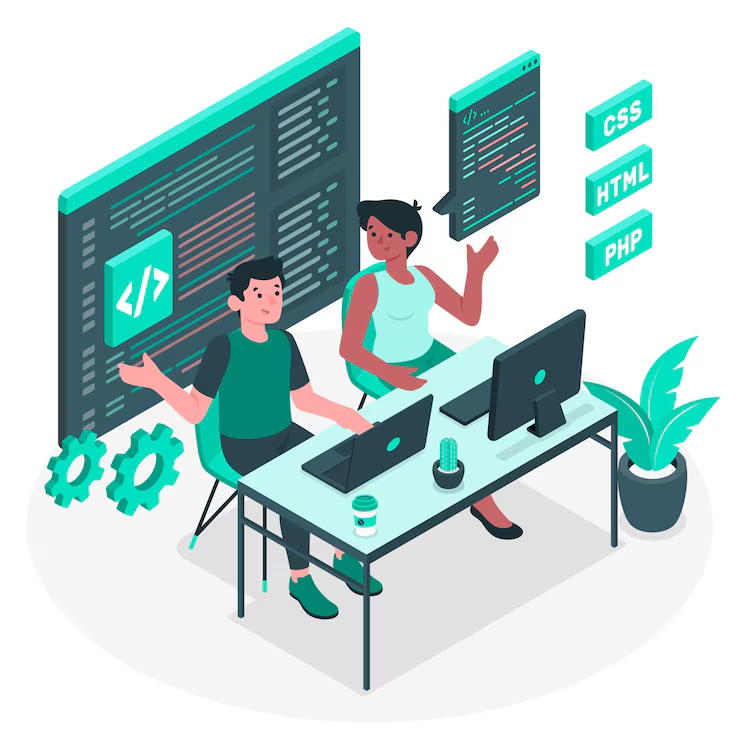
Industry oriented program
Our courses are meticulously designed to align with industry standards and demands. We collaborate with industry experts to create curriculum that covers the latest technologies and practices, ensuring our students gain relevant skills that enhance their employability
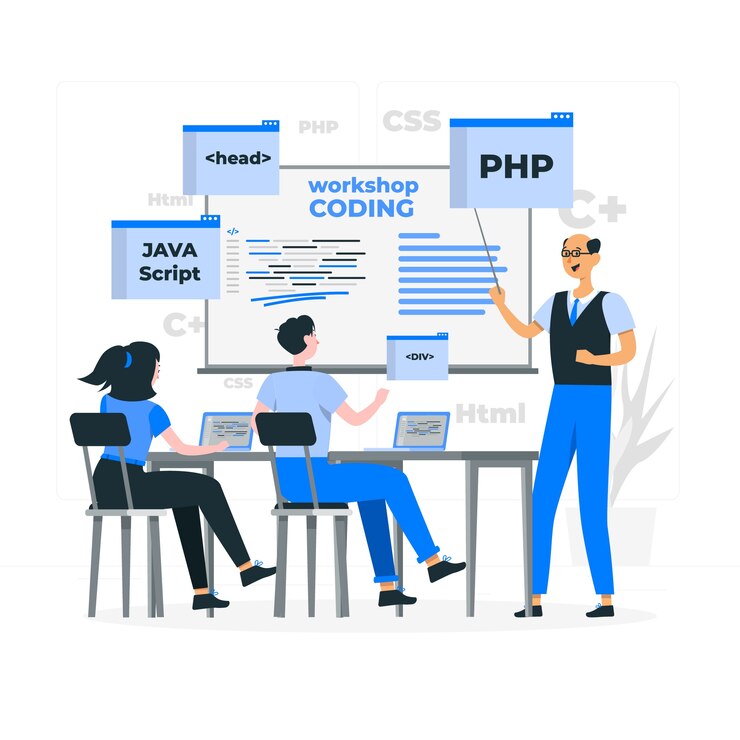
Trained by professional software engineer
We pride ourselves on offering top-notch training led by experienced software developers. Our instructors bring real-world expertise and industry insights to every session, ensuring you gain practical, up-to-date skills that are in high demand

Industry ready just in 24 weeks
At Techentry, we bridge the gap between learning and real-world application. Our intensive 24-week program equips you with the latest skills and practical experience needed to thrive in today’s competitive job market
What You Gain:
A deep understanding of Front-end React.js and Back-end Node.js.
Practical skills in AI tools and IoT integration.
The confidence to work on real-time solutions and prepare for high-paying jobs.
The skills that are in demand across the tech industry, ensuring you're not just employable but sought-after.

Frequently Asked Questions
What is Node.js, and what is it used for?
Node.js is a runtime environment that allows you to execute JavaScript code outside of a web browser, typically on a server. It is used for building scalable server-side applications, handling I/O-heavy operations, real-time applications, APIs, and microservices.
What are the popular frameworks for building web applications with Node.js?
Popular frameworks include Express.js, Koa.js, and Nest.js. They provide higher-level abstractions and utilities to simplify building web applications.
Why is Express.js preferred for beginners?
Express.js has a minimalistic and straightforward approach, making it easier for beginners to grasp core web development concepts without being overwhelmed by too many built-in features. It also has a large community and abundant resources.
What is React, and why is it popular?
React is a JavaScript library for building user interfaces, particularly for single-page applications. It is popular due to its reusable components, fast performance with virtual DOM, and one-way data flow, making the code predictable and easy to debug.
What is JSX in React?
JSX is a syntax extension of JavaScript used to create React elements. It allows you to write HTML elements and JavaScript together, making it easier to structure components and manage the user interface.
What is the difference between class-based components and functional components with hooks in React?
Class-based components maintain state via instances, while functional components use hooks for state management and other side effects. Hooks have made functional components more popular due to their simplicity and flexibility.
What is Angular, and why should I learn it?
Angular is a powerful framework for building dynamic, single-page web applications. It provides a comprehensive solution with built-in tools for routing, forms, and dependency injection, making it highly valued in the job market.
What are Angular’s lifecycle hooks, and how are they used?
Angular’s lifecycle hooks are methods that allow you to tap into specific moments in a component’s lifecycle (e.g., initialization, change detection, destruction). Examples include ngOnInit, ngOnChanges, and ngOnDestroy.
What are the job roles available for someone skilled in Node.js, Express.js, React, and Angular?
Job roles include Backend Developer, Frontend Developer, Full Stack Developer, API Developer, UI/UX Developer, DevOps Engineer, and Systems Architect.
What are some real-world applications built with these technologies?
Real-world applications include platforms like Netflix, LinkedIn, and PayPal (Node.js and Express.js); dynamic single-page applications (React); and enterprise-level applications (Angular). These technologies are used to handle high traffic, real-time features, and complex user interfaces.






